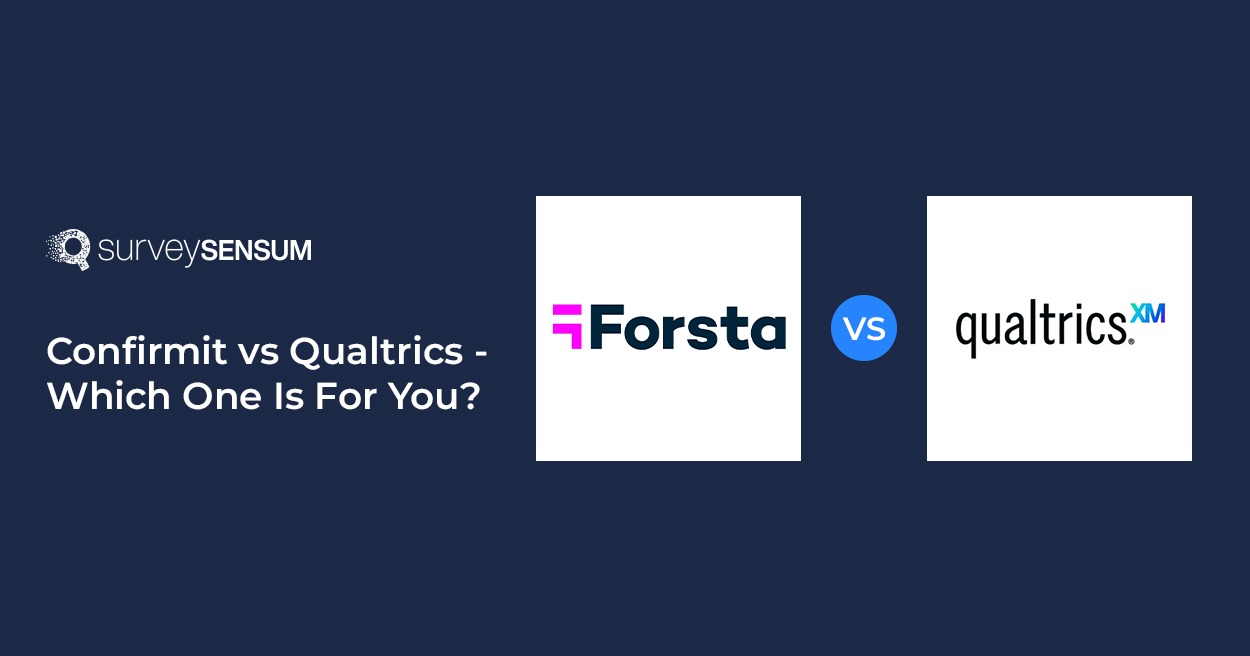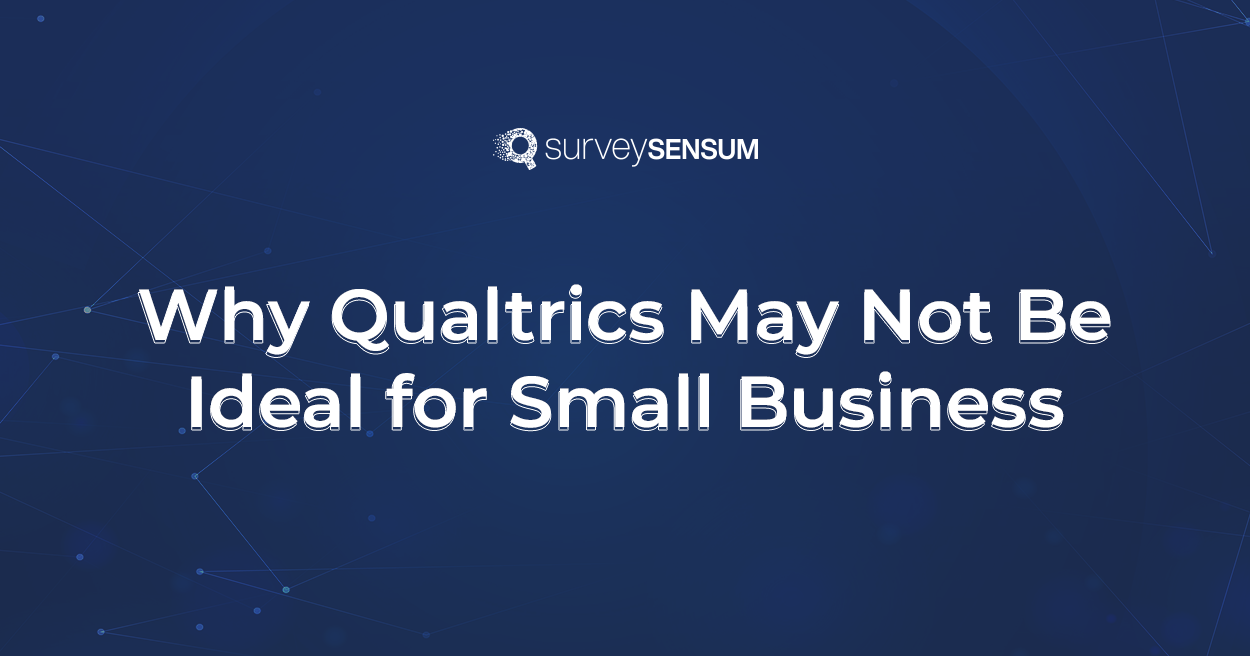

Businesses that focus on retaining their current customers over bringing in new customers are 60% more profitable.
And a mere increment of 5% in customer retention can increase the profits by up to 95%. – says Bain & Company.
This establishes that while customer acquisition is important, customer retention should take the front seat. And to increase customer retention, the first step is to calculate the customer retention rate.
What is the Customer Retention Rate?
Customer retention rate gauges the number of customers businesses can keep over a period of time. It is expressed in the percentage of the customers who stayed loyal.
This CX metric gives you insights into your relationship with the customers. The stronger the relationship, the higher the retention rate.
But how to calculate the customer retention rate? Let’s get to that.
Calculating Customer Retention Rate

Customer Retention Rate Formula: Customer Retention Rate = [(CE-CN)/CS]*100
Here,
CE: Number of customers at the end of the period
CN: Number of new customers acquired during that period
CS: Number of customers at the start of the period
Let’s understand this with an example.
Suppose there were 100 customers at the start of the period. At the end there were 104 at the end of the period. And the acquired customers during that period were 14.
Calculating the customer retention rate with the above formula –
CRR = [(104-14)/100]*100
CRR = [90/100]*100
CRR = 0.9*100
CRR = 90%
So the customer retention rate would be 90%.
Why is Customer Retention Rate Important?
Customer Retention Rate is one of the key KPIs that gives businesses the ability to gauge the effectiveness of their retention strategy. Here’s why it’s important.
- Prevents Additional Acquisition Cost: The sales and marketing acquisition costs ALWAYS outweigh the cost of retaining the current customer. And it is known that it’s 5 times higher to gain new customers compared to keeping the ones you already have.
- Repeat plus Referral: Satisfied customers bring in repeat business and not just that they are most likely to recommend the brand to others. Even according to Hubspot’s study, 66% of salespeople say the highest quality leads come from existing customers.
- Positive Chances of Upsell and CrossSell: It is easier to upsell and cross to the current customer as they are already happy with your services and are more inclined towards buying something else.
→ Learn more about identifying upsell opportunities.
So yes, customer retention helps companies bring in more businesses, and the key is to foster strong relationships with the customers.
Gauge how satisfied your customers are with your product and services with CSAT Surveys – SignUp for Free
Customer retention is crucial for businesses as it reflects customer satisfaction, loyalty, and overall health of the business. But how to improve it if it is low?
Let’s talk about that.
How to Improve Customer Retention Rate?
Here are a few customer retention strategies that will lay the foundation of good customer relationships.
1. Effortless Onboarding
Did you know that a complicated onboarding process drives 74% of the potential customers away?
Yes, that’s how important it is to ensure that your onboarding process is as smooth as butter. It is crucial that when you onboard users, they’ll understand how to get the best of your product and resolve their issues in the easiest way possible. And if required, plan training sessions with the users and resolve their issues to keep them satisfied with the product.
→ Here are the tips to reduce efforts in onboarding.
2. Personalize. Personalize. Personalize.
According to ‘New Epsilon research’, 80% of customers say they are more likely to do business with a company if it offers personalized experiences.
So yes, everyone wants personalization. And it’s not just limited to email subject lines, customers seek hyper-personalization. That’s exactly where AI in CX comes into the picture. Not only does it take personalization to the next level, it automates the process for businesses.
3. Listen to the Voice of the Customers
How else will you know if your customers are satisfied or not if you wont listen to their voices? Create an effective VoC program that aims to deliver the best customer experience possible by listening to customers needs and expectations.
Launch NPS, CES, and CSAT surveys to gather their feedback, listen to what they are saying, ensure that they are being listened to, and if required take actions.
Don’t know where to start from? Fret not! Get on a call with SurveySensum CX consultants. They will understand your goals and create a VOC program that will not only help you achieve your objective but will positively impact your business KPIs
4. Resolve Customer Issues as Quickly as possible
SurveySensum’s customer retention rate is 98%.
That’s some achievement, right. It is because we follow one of the simplest things that any business can do – We respond!
So yes, listen and respond. Ensure that they know what you are listening to. And then take the required action. Keep them satisfied. And if the solution takes some time, keep them informed. You won’t believe when I tell you that the majority of the customers are happy because you simply listened to their issues and did what was required.
5. Don’t let go of Detractors and Passives
Passives are as important as detractors. While detractors are already unhappy with you, passives are always on the verge of becoming detractors. So don’t ignore this segment. Listen to their concerns on priority and close the feedback loop in time.
When you’ll focus on converting detractors and passives into promoters, not only will you improve your NPS score, they will bring referrals home.
Customer Retention Rate vs Customer Churn Rate
Churn Rate and Retention Rate are two complimentary CX metrics. While customer retention rate gives you the number of customers retained during a certain period, churn rate offers the number of customers stopped doing the business during that period.
So basically these two metrics are inversely related. If the retention rate is 90%, the churn rate is 10%. Together they offer a comprehensive view of your customer loyalty and help businesses in creating better strategies to improve customer satisfaction.TakeAway
Customer Retention Rate is one of the key CX metrics used by businesses to ensure that their CLV remains high and customers add on to the referrals. However tricky it may seem, with a streamlined VOC program, keeping CRR high can be really easy.
But yes, a robust customer feedback platform can transform the entire process. It will automate the process of gathering and analyzing the survey feedback, give you top trends, sentiments, and customer insights, a ticketing system to close the feedback loop in time, and offer you key drivers to improve your business metrics. So harness the power of SurveySensum today!

















